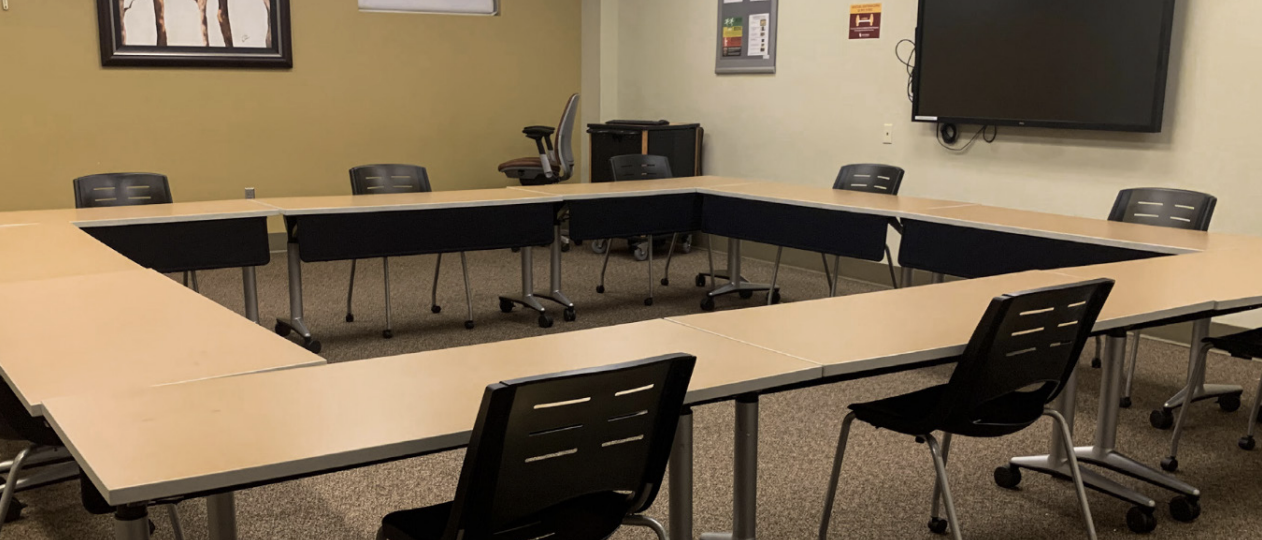More faculty positions will be eliminated soon due to the university’s need to balance the budget for 2023 by $8 million.
Interim President George Hynd sent out an email to all Winthrop faculty and staff announcing the decision on March 11.
Much of what Winthrop is doing to balance the budget has been to cut down on faculty and staff positions and, therefore, salary expenses by filling only necessary positions, eliminating some positions when they can and reducing departments’ operational budgets.
The university plans to continue doing this while also cutting more faculty positions.
It is important to note that “currently, we do not anticipate the need for furloughs, another RIF for staff nor do we anticipate the need to cut tenure-track or tenured faculty,” Hynd said.
“The RIF impacted a limited number of positions and those people in them. The future budget reductions will be focused on salary reductions through vacant position elimination, retirements, and non-renewal of contracts,” said Justin Oates, Vice President for Finance and Business Affairs.
RIF stands for a reduction in force. This is commonly used when positions are cut with no intention to replace them. This results in a permanent decrease in the number of employees.
Adjunct or non-tenured track positions are most at risk of being cut and will be notified as needed of position cuts that could impact them.
Faculty and staff will also be notified of “additional vacancy eliminations, temporary personnel and student salary reductions, and reductions to operating budgets that have been submitted by various vice presidents,” Hynd said.
“The vast majority of our budgets support faculty and staff salaries. When student enrollments decline, revenue also declines. When our revenue goes down, we must reduce our expenses to balance our budget. This requires reducing faculty and staff positions to reduce expense,” said Adrienne McCormick, Provost and Executive Vice President for Academic Affairs.
Oates agreed, but noted that budget cuts will include all areas on campus.
“Academics, Finance and Business Affairs, Student Affairs, Advancement, HR, Athletics, Enrollment Management, and the President’s Office will all be affected. The reductions have been discussed by leadership and will impact salaries, benefits and operating,” he said.
Faculty positions that are of critical need to the university are still being filled even while adjunct positions are being cut.
As for how a decrease in adjuncts will affect Winthrop, McCormick said that “our reduction of adjunct positions will mean that we will see larger sections in some areas, and we will also space some courses out and offer them less frequently.”
Student enrollment is another cause of faculty cuts.
“At the same time that we are reducing faculty numbers, we have had student enrollment declines. So our current faculty-to-student ratio has not changed significantly and remains at 12:1,” McCormick said.
Since student enrollment has declined, there is less revenue coming in and, therefore, less room in the budget to support the number of adjunct faculty positions that Winthrop currently has.
“Cutting adjuncts is not easy, as we have many wonderful adjunct faculty members who contribute a great deal to our curriculum. But the role of contingent faculty is to provide the institution with the ability to be responsive to changing enrollments,” McCormick said.
McCormick said that maintaining a sustainable budget is important as it ensures the university’s future.
“To be good financial stewards of the institution, we must make informed decisions about instructional staffing. As enrollment numbers go down, so too must our number of faculty. Building a sustainable budget will ensure Winthrop University continues to provide transformative educational experiences to our students,” she said.
Faculty and staff are working together to redesign budgets and duties to ensure a more balanced budget, Oates said.
“I am confident that we will continue to deliver the same high quality educational experiences while we are working toward a more sustainable student-to-faculty ratio,” McCormick said.




